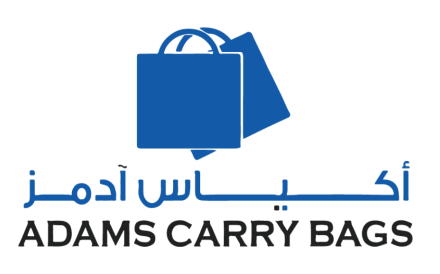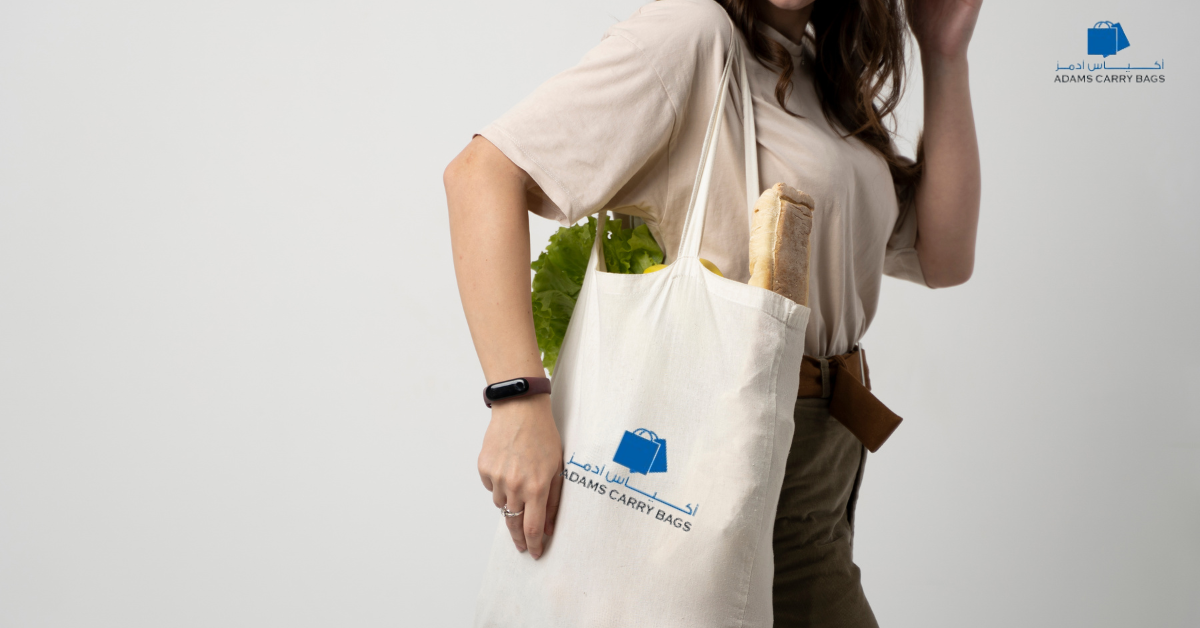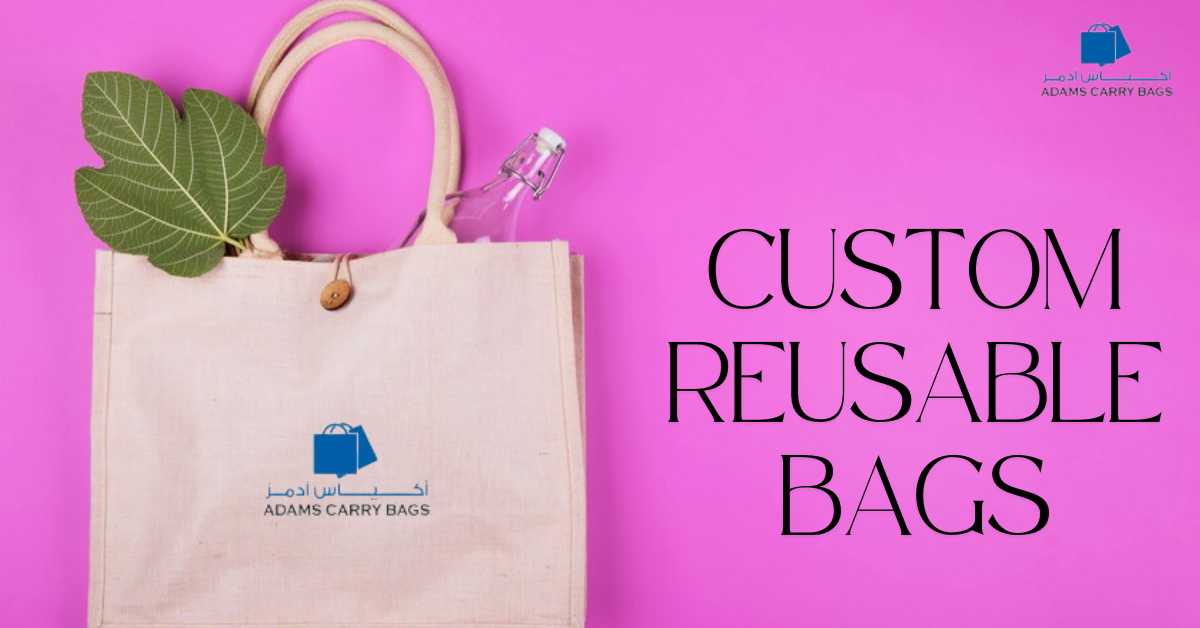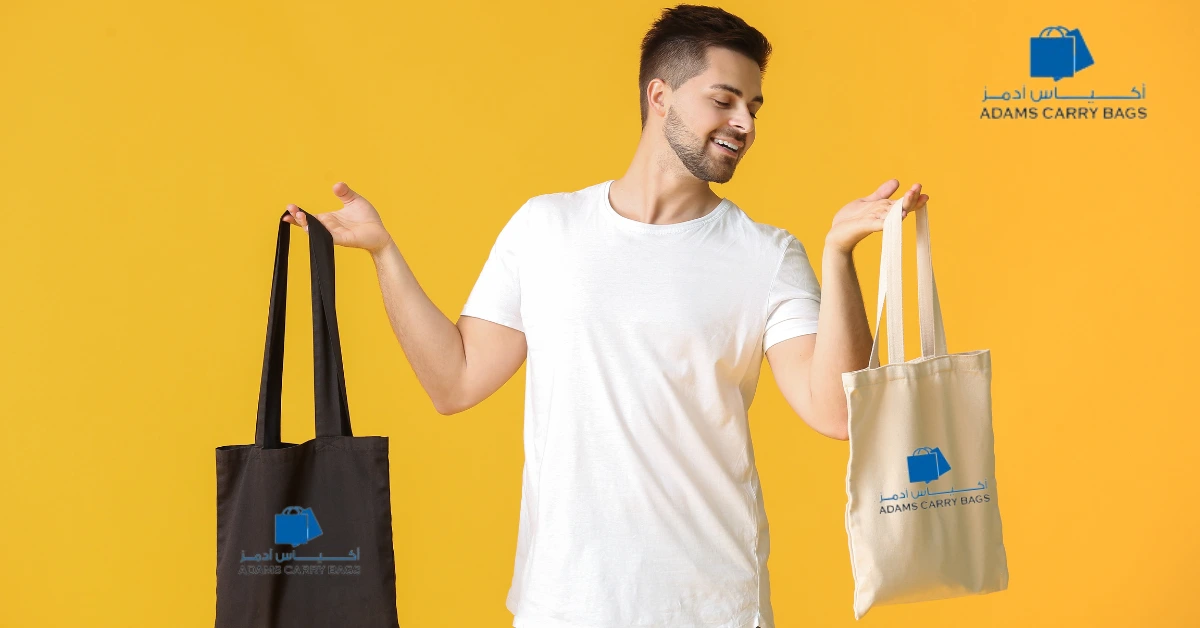Recent market trends show that eco-friendly sustainable packaging solutions now have high demand rates. The market responds to growing consumer and business demands for plastic bag replacements by adopting carry bags non woven as the superior solution. These totes deliver performance alongside attractive designs while preseriving our environment against single-use plastic consumption. The global restrictions on plastic use coupled with government regulations have propelled the rise of carry bags non woven throughout the world to create an sustainable tomorrow. The functionality and environmental advantages of carry bags non woven will gain attention as we analyze their superior features and industry-shaping power in this study.
What Are Carry Bags Non Woven?
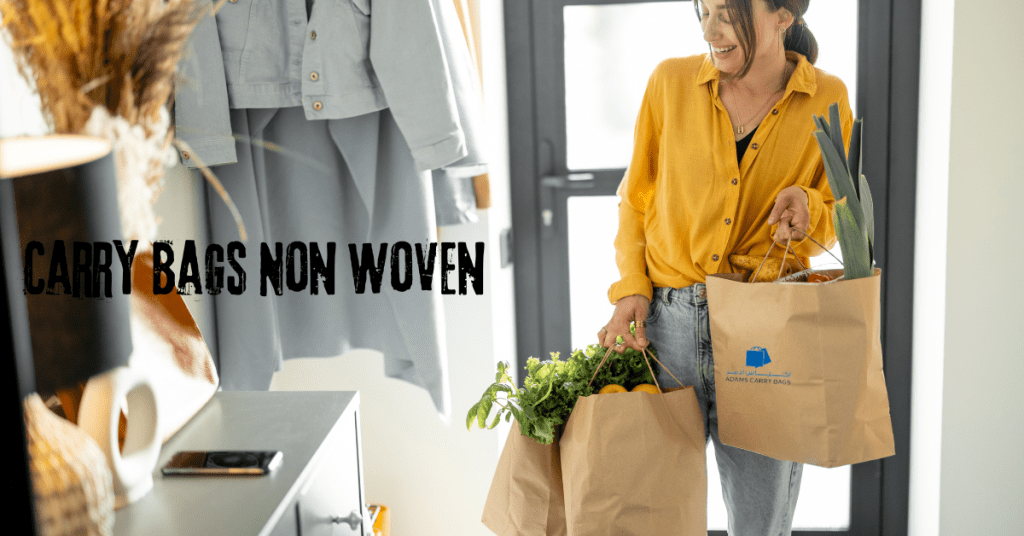
Toughness and breathability characterize non woven carry bags because manufacturers create them through lightweight polypropylene fibers which unite after heat and pressure processing rather than via weaving processes. The end result of this method produces lightweight robust environmentally friendly breathable fabric which has affordable production costs. The key characteristics of these bags include:
Durability: The material possesses enduring strength to serve users over multiple uses.
Customizability: Very diverse product offerings including different sizes combined with different color options and printing choices aid branding opportunities.
Eco-friendliness: The product reduces environmental stress because it allows recycling and reuse which surpasses plastic bag impact.
Affordability: The affordable production process makes these products a top choice for businesses together with consumers.
The Manufacturing Process of Carry Bags Non Woven
The production of non woven carry bags follows multiple steps which prioritize quality performance and sustainable manufacturing practices. The process includes:
Material Selection: The production process requires selection of premium-quality polypropylene granules to make strong yet adaptable fabric.
Fabric Formation: The polypropylene melt production creates continuous filaments through extrusion before pressure and heat techniques join these filaments together.
Cutting and Shaping: Producers use these exact dimensions to cut shapes out of the fabric according to the overall bag design.
Printing and Branding: Companies can apply their logos and marketing content to reusable bags through three printing methods that combine screen printing with heat transfer and flexographic printing.
Stitching or Ultrasonic Sealing: The product’s assembly requires junction methods that include both stitching and ultrasonic sealing to create durable units.
Quality Control and Packaging: A test of quality ensures each bag fulfills industry standards before being shipped.
Why Carry Bags Non Woven Are a Sustainable Choice
Due to rising global interest in environmental preservation non woven carry bags have become increasingly popular due to their sustainable design. Here’s why they are an excellent alternative:
Reduction in Plastic Waste: Non woven carry bags prevent the use of everyday plastic items leading to major environmental pollutants.
Recyclability: These reusable multicycle products survive multiple reuses to serve diverse purposes after originating from recyclable materials.
Biodegradable Options: Today’s manufacturers provide biodegradable carry bags that decompose through natural processes.
Energy Efficient Production: The production of carry bags non woven requires less energy consumption and generates lower carbon emissions than plastic bag manufacturing.
The Versatility of Carry Bags Non Woven
The growing appeal of carry bags non woven originates from their adaptable usage capabilities. These bags cater to various industries and applications, including:
Retail and Shopping: Non woven bags serve as environmentally friendly solutions for shopping at supermarkets and clothing stores and grocery shops.
Corporate Branding: Companies implement these bags for brand promotion to maximize their visibility.
Event Giveaways: These bags serve events of all kinds including trade shows and exhibitions as well as conferences because they represent an environmentally-friendly approach versus plastic versions.
Food Delivery and Packaging: Restaurants together with food delivery companies continuously choose these packages because they are more durable and resistant.
Customization and Branding Opportunities
Businesses adopt carry bags non woven as branding tools more frequently. The spacious design of these bags enables businesses to place logos and marketing messages alongside slogans. Some of the customization techniques include:
Screen Printing: A cost-effective method for simple designs and logos.
Heat Transfer Printing: These methods result in creating vivid complex images alongside multilayered graphics.
Flexographic Printing: Large-scale printing runs will benefit from this material’s high efficiency along with its bulk-production capabilities.
Embossing and Foil Stamping: Premium techniques elevate the engagement factor of bags through their exquisite addition.
How Businesses Benefit from Carry Bags Non Woven
Businesses across various sectors are increasingly adopting carry bags non woven for several reasons:
Enhancing Brand Image: When businesses partner with sustainable activities their brand receives a positive public perception.
Cost Savings: Despite their higher initial price compared to plastic bags non woven carry bags offer a long-term advantageous alternative because consumers can reuse them.
Compliance with Regulations: Due to governmental plastic bag bans non woven bags have become necessary because they function as reliable alternatives.
Customer Appeal: Those focused on environmental stewardship choose brands which dedicate major attention to sustainable business operations.
Future Trends in Carry Bags Non Woven
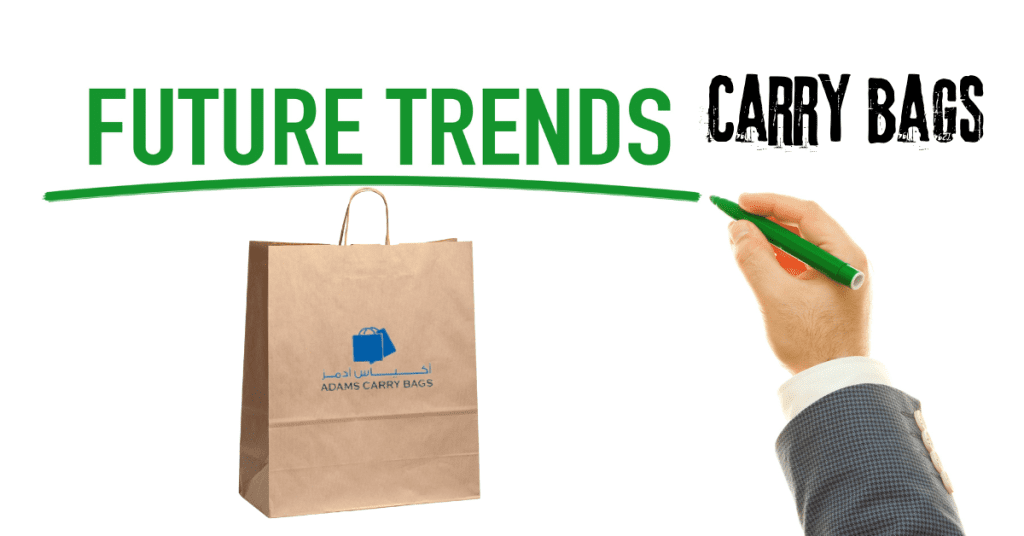
The development of technology suggests positive opportunities for carry bags non woven. New technological developments together with production techniques optimization allow manufacturers to produce more environmentally friendly and budget-friendly carry bags non woven. Some emerging trends include:
Biodegradable and Compostable Options: Companies now develop materials which degrade quicker which minimizes garbage production.
Smart Bags: Activities such as usability tracking can be enhanced by integrating quick response codes and radio frequency identification tags into bags.
Increased Use in E-commerce: Online retailers switch to carry bags non woven for environmentally sustainable packaging alternatives.
Government Incentives: Several national authorities use tax incentives as well as price reduction programs to encourage adoption of these bags.
Conclusion
The use of carry bags non woven presents an important industry transformation for sustainable durable package solutions. These packaging solutions provide practicality and cost-effectiveness while being environmentally sustainable so they appeal to businesses and end-users worldwide. The growing awareness and technological advancements will make carry bags non woven essential for environmental pollution reduction while supporting practical yet fashionable carrying needs. Completely switching to sustainable bags represents both a compelling trajectory and an indispensable requirement for building our greener future.
